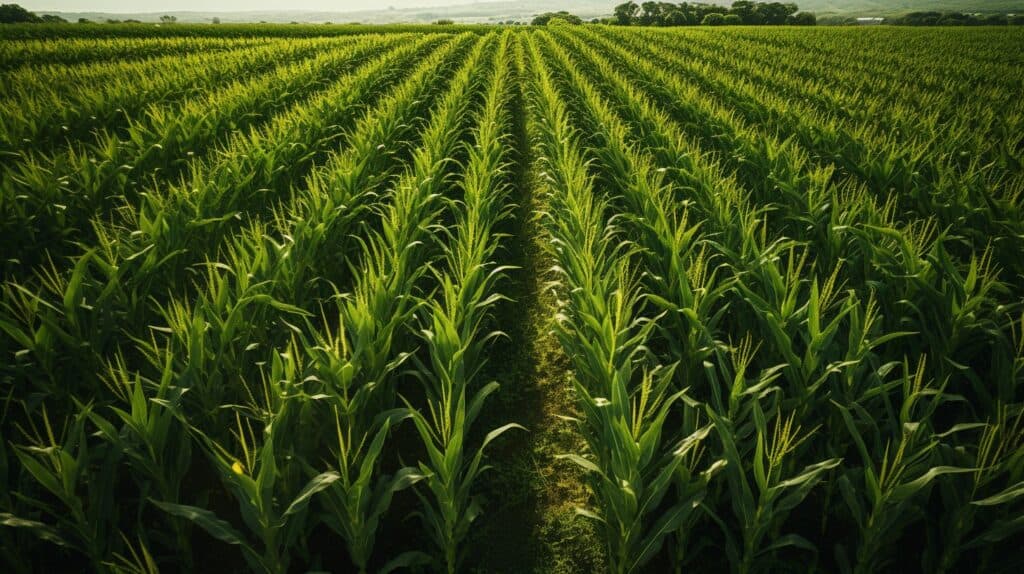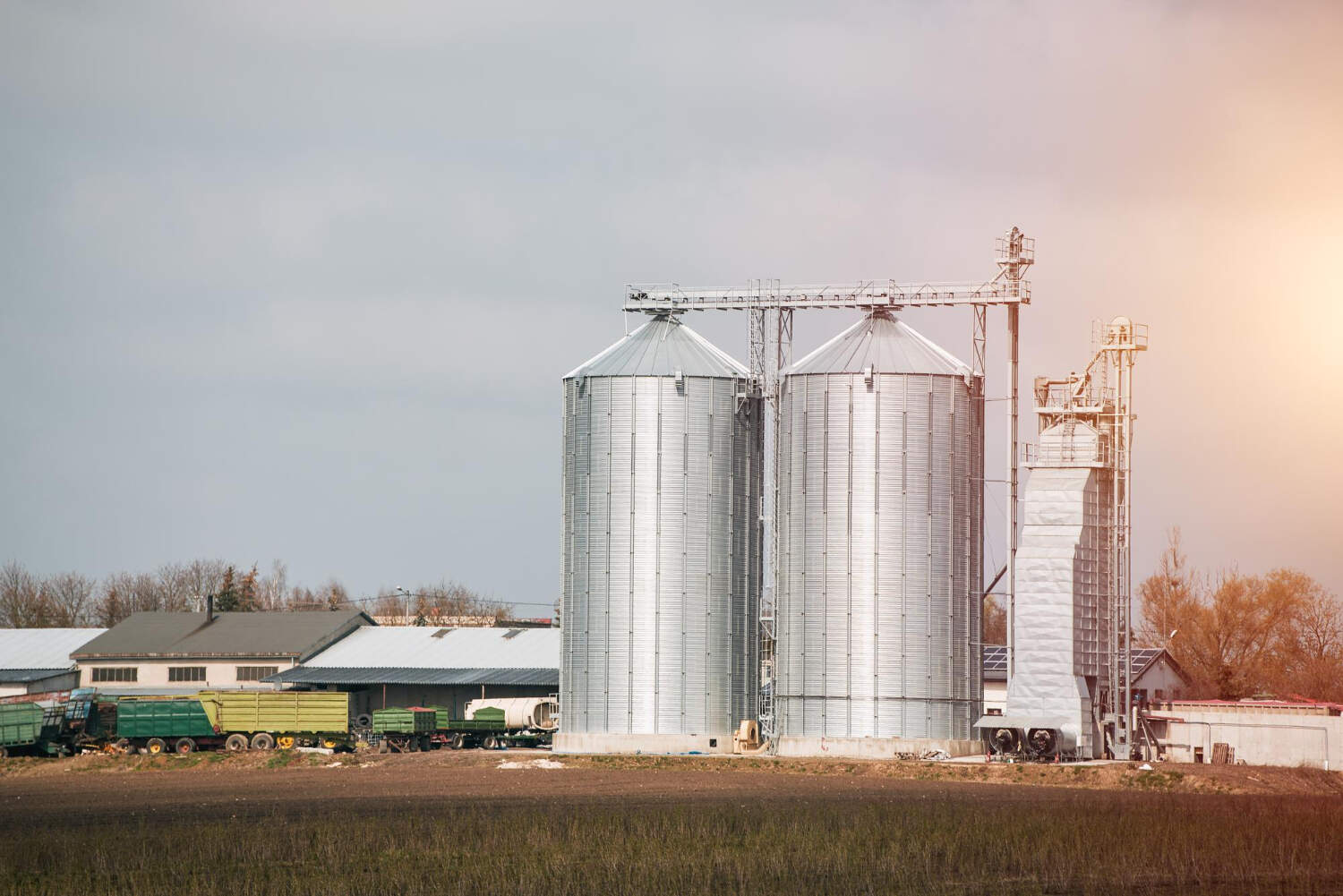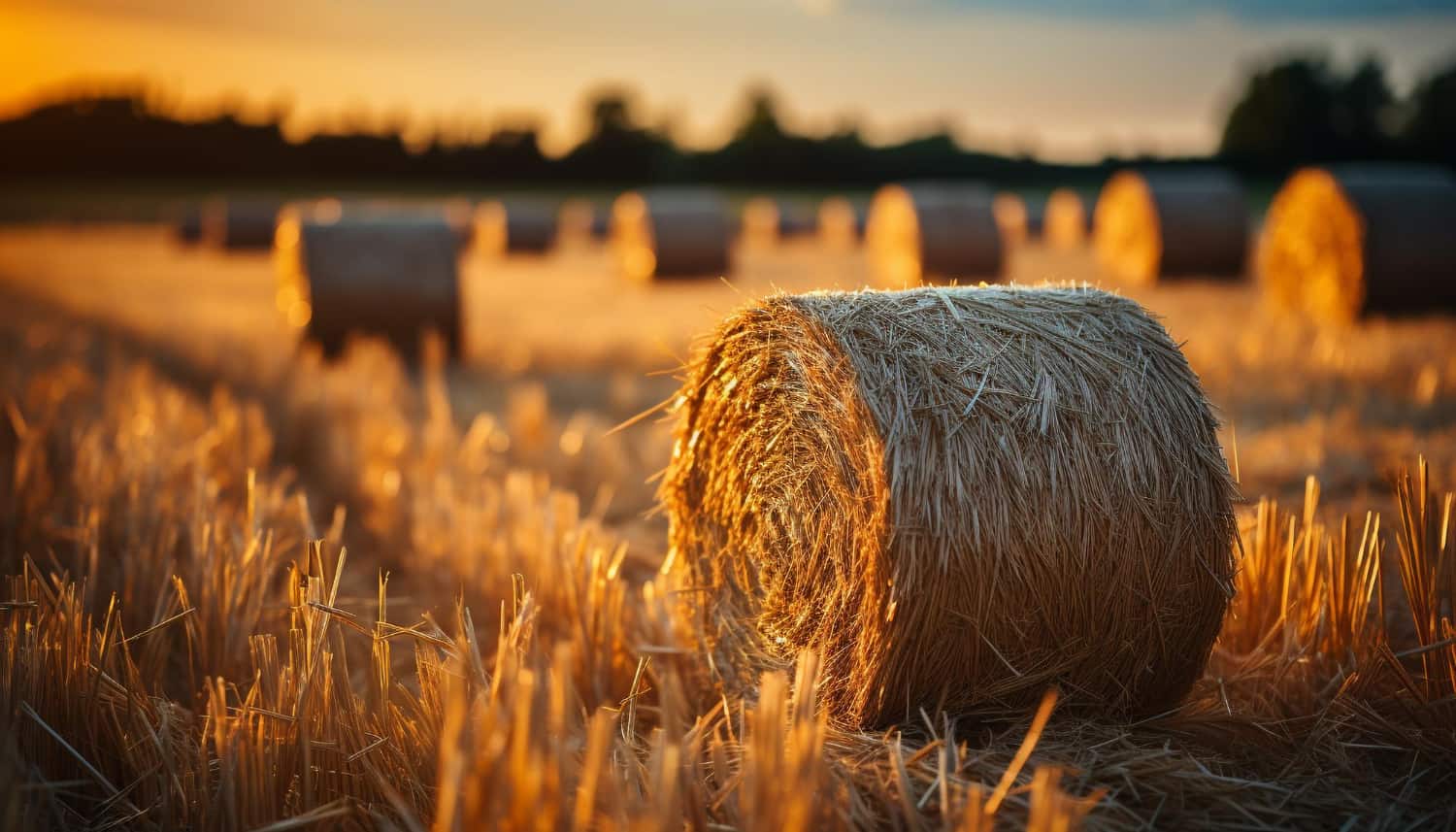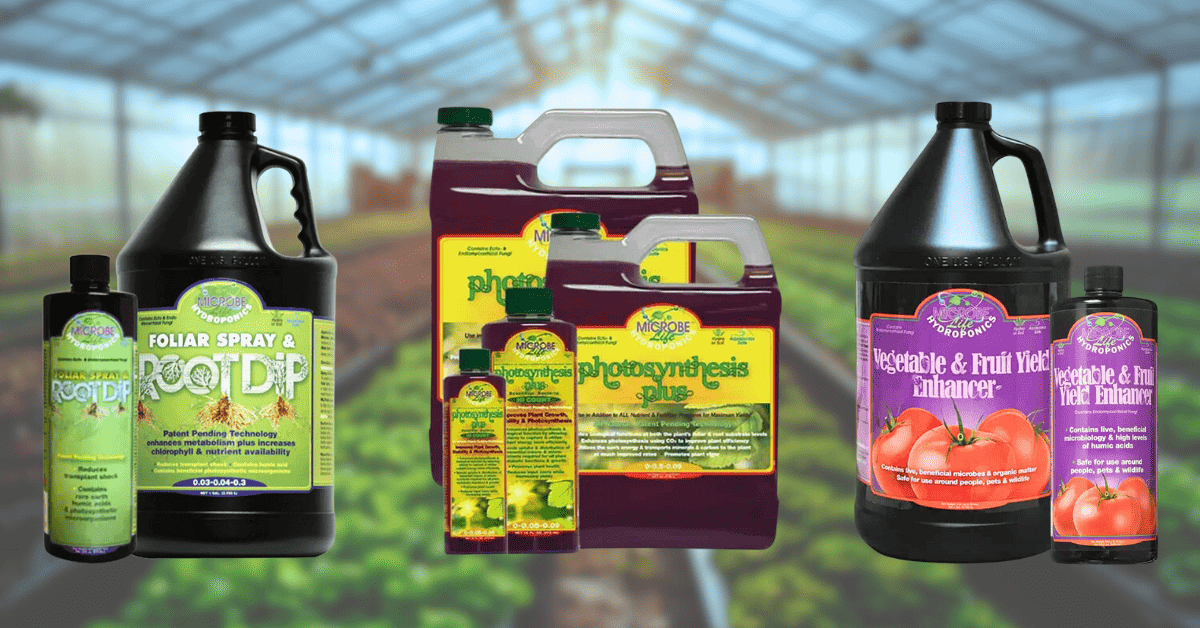In the world of agriculture, understanding the moisture content of soil and crops is crucial. It influences everything from irrigation decisions to the timing of harvests. Traditionally, farmers have relied on a variety of methods to gauge moisture levels, but the advent of moisture meters, like the ones from Koster, has revolutionized this process. In this post, we’ll compare these two approaches, highlighting the advantages and potential drawbacks of each.
Traditional Methods of Measuring Moisture
Traditional methods of measuring moisture often involve physical and visual assessments. For soil, this might mean taking a handful of earth and feeling it for dampness. For crops like grain or hay, farmers might rely on the color, texture, or even the sound it makes when squeezed or shaken.
While these methods have served agriculture for centuries, they come with significant drawbacks. The most obvious is the lack of precision. Moisture levels can vary greatly within a single field, and physical or visual assessments can easily miss these variations. Additionally, these methods are time-consuming and require a great deal of experience to interpret accurately.
The Rise of Moisture Meters
Moisture meters offer a more scientific approach to measuring moisture levels. These devices use various technologies, such as electrical resistance, capacitance, or microwave radiation, to accurately determine the moisture content in soil or crops. One such device is the Koster Moisture Tester, which provides reliable and accurate readings.
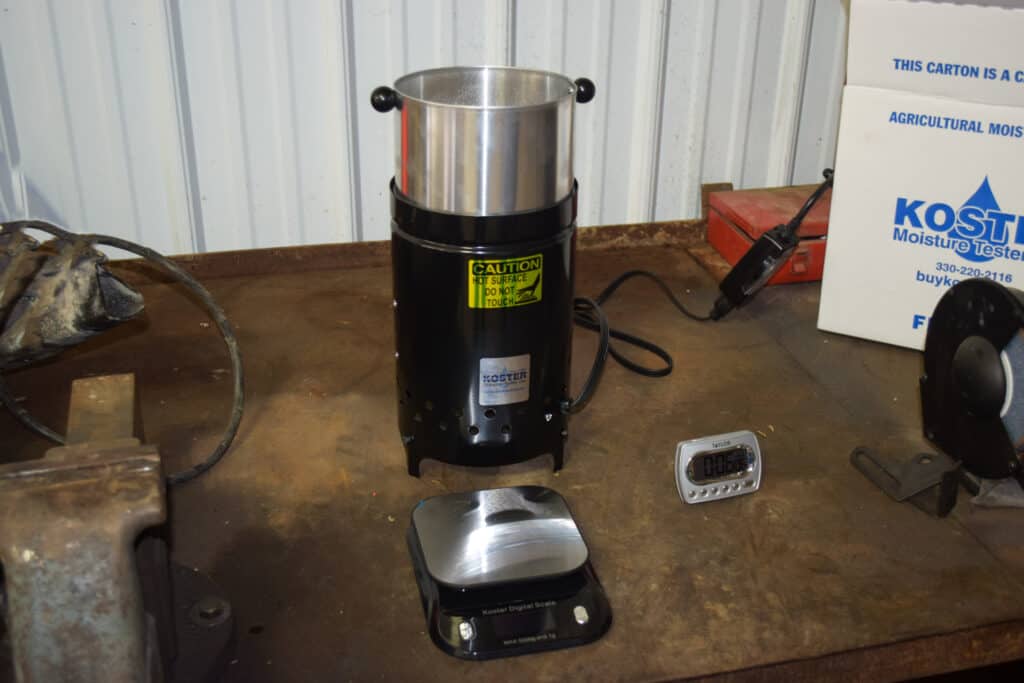
The advantages of moisture meters are numerous. First and foremost, they provide precise, quantifiable measurements. This allows farmers to make more informed decisions about irrigation, planting, and harvesting. Moisture meters can also save time, as they provide instant readings and can be used to quickly assess large areas or volumes of material. Furthermore, they require less experience to use effectively, making them accessible to novice farmers or agricultural workers.
Comparative Analysis
When comparing traditional methods and moisture meters, it’s clear that each has its place in modern agriculture. Traditional methods, while less precise, are cost-effective and can be used anywhere, without the need for any special equipment. They also allow farmers to use their senses and intuition, developed through years of experience.
On the other hand, moisture meters like those from Koster offer a level of precision and convenience that traditional methods simply can’t match. They allow for more accurate and efficient water management, which can lead to increased crop yields and sustainability. However, they do represent an additional investment, and some farmers may need training to use them effectively.
In the end, the choice between traditional methods and moisture meters will depend on a variety of factors, including the scale of the operation, the crops being grown, and the resources available. However, as the agriculture industry continues to modernize, it’s likely that moisture meters, especially those from trusted brands like Koster, will play an increasingly important role in helping farmers manage their water resources effectively and sustainably.
